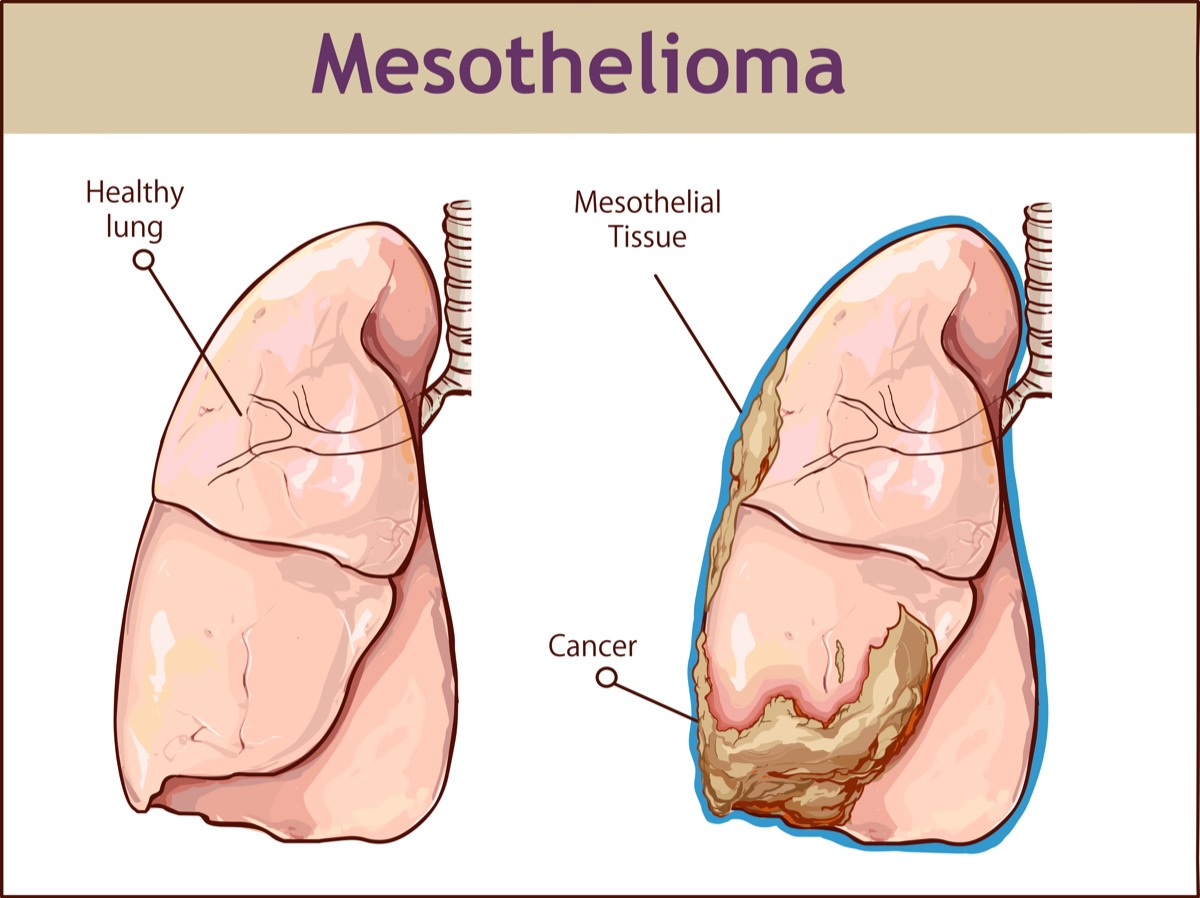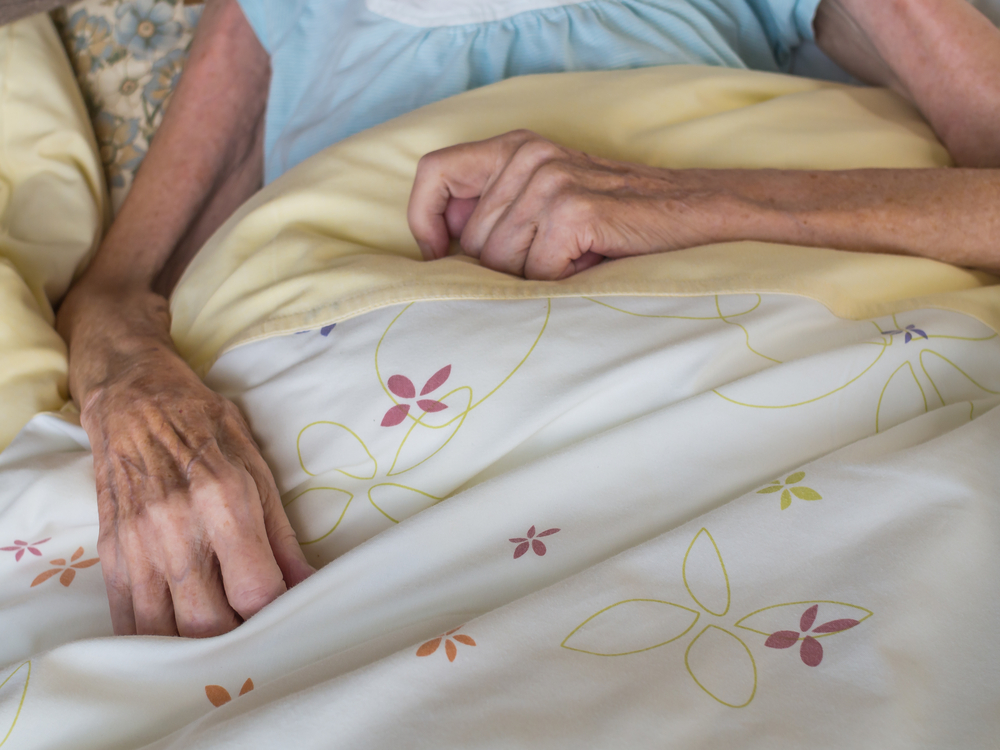We’re all affected by cancer today whether directly or indirectly as cancer survivors, patients, friends or relatives of people who have had cancer. Furthermore, almost everyone knows someone who has lost a battle against cancer.
But most of us know the major types of cancer only and their corresponding ribbon colors, i.e., white for lung cancer, pink for breast cancer and blue for colon cancer as advocates and organizations try to create public awareness about these types of cancer. What about the rare types of cancers that hardly get any attention? Considering you can develop cancer anywhere since every part of the body is made up of countless cells and tissues, below is a list of some of the rarest cancer types including information on how they develop as well as the treatment options available.
Mesothelioma: The Silent Killer

Mesothelioma has to be the rarest aggressive form of cancer. This cancer develops from the thin tissue layer that covers most internal organs. The most affected areas include; the chest wall, lung lining, and abdomen. Although mesothelioma can also affect the pericardium (sac surrounding the heart) and tunica vaginalis (sac surrounding the testis), it is very rare.
Some common mesothelioma symptoms include; fatigue, noticeable weight loss, shortness of breath and pain in the chest since it causes fluids to accumulate around the lungs.
Some of the leading causes of Mesothelioma include; exposure to asbestos. This cause accounts for over 80% of all cases. Other risk factors include genetics and infections with a DNA virus known as simian virus 40. Mesothelioma affects approximately 3,000 Americans yearly. It is prevalent in men than women and most common in Australia and the UK.
Diagnosis and Treatments

Diagnosis is usually done after age 65. Patients have 5 years or less to live after diagnosis. Approximately 8% of Americans diagnosed with Mesothelioma live for more than 5 years after diagnosis. A CT scan and chest X-ray are used to confirm the existence of fluid in the chest. A tissue biopsy can also be conducted.
Prevention
Prevention focuses on avoiding exposure to asbestos. This prevention measure is effective for individuals who are at a higher risk of developing Mesothelioma, i.e., factory workers. Treatments include radiation therapy, chemotherapy, and surgery to get rid of the infected tissue. Pleurodesis can also be done (a procedure that involves fusing the pleura together using substances like talc) to prevent fluid buildup around the lungs.
More from Things Health
-
Understanding Rare Forms Of Lung Cancer
One rare type of cancer is called Mesothelioma, a dangerous tumor in the mesothelial tissues of the lungs as well as the abdomen, rising from…
-
Symptoms Of Ovarian Cancer
Ovarian cancer is often referred to as a quiet disease as it usually isn't discovered until it is in the advanced phases. In nearly all…
-
Symptoms Of Prostate Cancer
Cancer of the prostate affects more than 200,000 men each year in the US alone. Worldwide statistics for prostate cancer continue to grow tremendously, and…
-
Thyroid Cancer
Each type requires a different kind of prognosis and treatment. This is the most typical type of thyroid cancer, it can make up about 80%…
-
Types Of Skin Cancer
Skin cancer happens when skin cells are damaged, for instance, by overexposure to ultraviolet rays from the sun. Melanoma - the most dangerous type of…


















